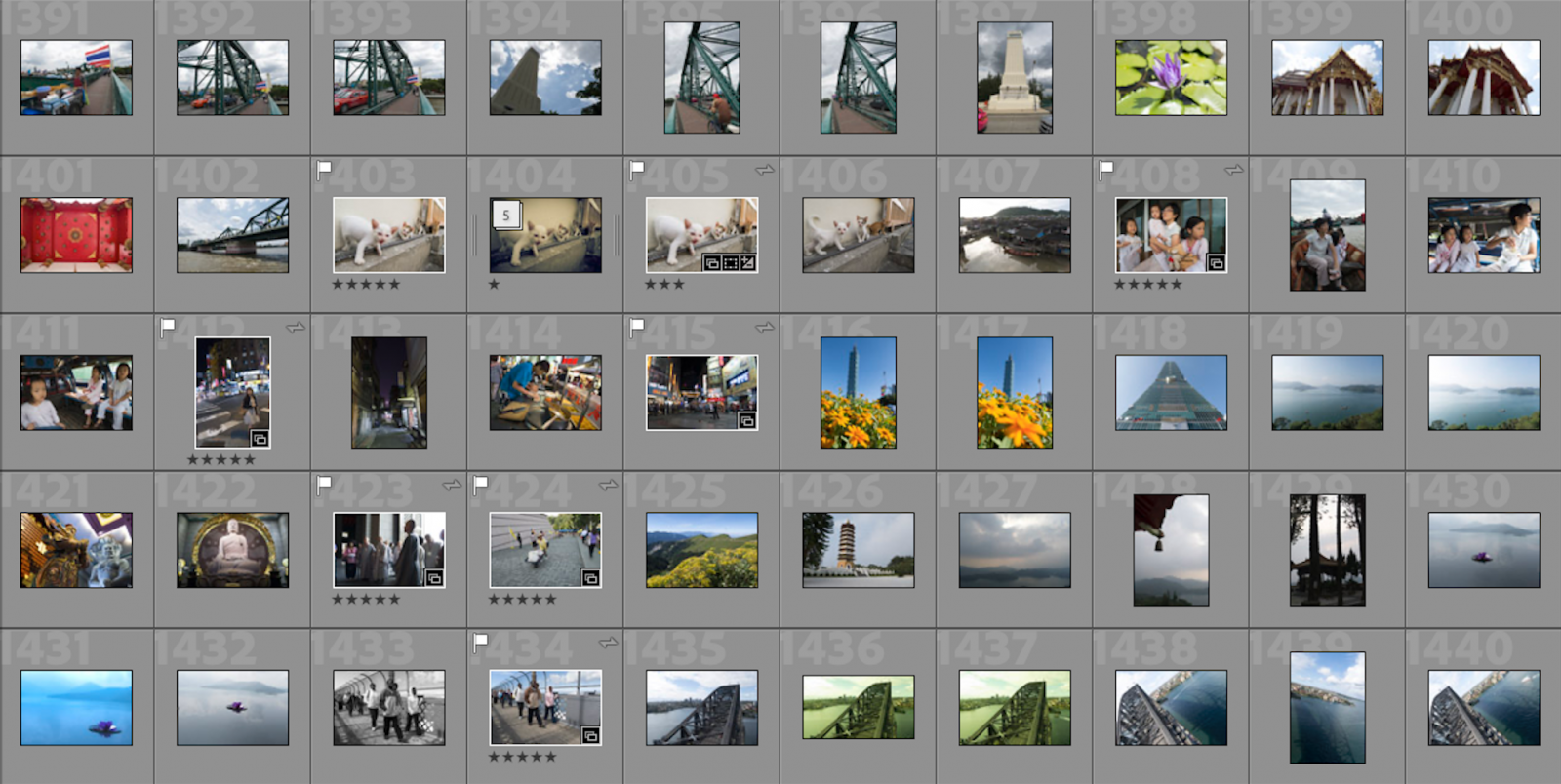Therapeutic Use of Art PhotographyPhotography is so embedded in our lives it can play an important role in therapy and resilience-building whether it be through our own positive, creative exercises as practitioners or within recovery processes led by professional Art Therapists. Art Therapy was established in the first half of the 20th century, bringing together learning from several individuals who introduced art to the medical and educational settings they were working within. This experimental work included the initiatives of Adrian Hill in the UK and Margaret Naumburg in the USA. The period was one of great change, with society having to deal with the effects of WW1 and WW2, as well as large advances in education and medicine, each becoming more focused on the individual’s experience. The movement was also influenced by the groundbreaking psychiatric theories of Sigmund Freud and Carl Jung. Artist Adrian Hill is considered, in many ways, to be the founder of modern art therapy. His ideas came partly through personal convalescence experience as a tuberculosis patient. He coined the phrase Art Therapy in 1942 and was responsible for building, from a small start, a progressive practice of art therapy, which was adopted by the National Association for the Prevention of Tuberculosis. His book Art Versus Illness, written in 1945 is a key point in the development of the movement. Therapy, symbolism and spontaneityPsychologist Margaret Naumburg was working at the same time in the states and, heavily influenced by the holistic educational practices of Maria Montessori, she described her approach as Dynamically Oriented Art Therapy. Between 1941 and 1947, she worked at the NY State Psychiatric Institute where she used art within diagnosis and treatment. Naumburg’s approach reflected the focus on symbolism found within both Freud and Jung’s work but she preferenced spontaneity and individuality, encouraging participants to start by scribbling and be open to elements of unconscious. This is interesting with respect to photography when thinking about what sort of images drawn attention and how to bring spontaneity and the unconscious into a camera-based process.
Photography has many benefits within art therapy because of the integration with our lives. It is a process and medium that we build into our day-to-day routines. Photography, as an artistic technique, also uses technology that is readily available and can be shared easily. The accessibility and our familiarity with digital photography mean that there are less barriers to starting, meaning it’s easier for people, even when they are feeling down, to experiment and then reflect on what they have made. As with many other forms of therapy, the focus within Photography Art Therapy is on prompting reflection and conversation around memories and feelings, being able to articulate and, in some way, come to terms with troubling life experiences.
Photographs and Therapeutic SettingsFor art therapists this means often using found photographs, for example from family albums, to start to explore the key subject matter with their participants, and as the basis for creative work. Photography has an extraordinary position of being linked to narrative, memory, experience and feeling in this way, so ideal for reflecting on the past and starting to unpick current dynamics. Photography has been used in medical and therapeutic settings since the mid 19th century, originally as an extension of medical professionals’ ‘observation’ of their patients. In this vein, Dr Hugh Diamond took photographs documenting the facial expressions of mentally ill patients. His on-going connections to the patients, however, led him to share the photographs with them and to record their own perception of themselves and, crucially, of their own recovery. This example shows the start of the gradual re-focusing of the patient’s agency within their treatment, which has become more important in modern medicine and is central to Photography Art Therapy. It is possible to see strong correlations between the therapeutic uses of photography and some of the most prominent contemporary photographers’ work. Leading 20th-century English photographer Jo Spence’s photographs broke boundaries in exposing the realities of her own experience of cancer treatment in the 1980s. They made public the physical, medical, psychological and societal dynamics at play within a progressive series of images, which include the artist’s book and installation, The Picture of Health, 1982-86. You can see images of this exceptional project on the Museu d’Art Contemporani de Barcelona website and also within this article by Giulia Smith which asks “How could a camera help us when we’re sick?” and talks about key projects within Spence’s wider photography practice on the Welcome Collection website. For many of us dealing with poor mental health one of the strongest binds is negative self-image. Photography gives us the liberating opportunity to explore self-identity through literal means of self-portraiture and through the transformative boost to self-esteem that immersion in a creative process itself can bring.
Reflecting and MakingSome leading art institutions have adopted the tenets of Photography Art Therapy, with The Montreal Museum of Fine Arts known for its short YouTube videos, which explore different elements of their collection with positive prompts to the viewer. In this instance we hear MMFA Art Therapist Stephen Legari encouraging participants to reflect on their window, prompted by the Raymonde April work Self-portrait with Curtain, 1991. Stephen Legari, Art Therapist at the Montreal Museum of Fine Arts, proposes a photography workshop inspired by a Raymonde April work.â£â£ Aside from professional therapy contexts, there are many situations where photography is used in a therapeutic way, for example, classes run by artists, who understand how important it is to get into a concentrated ‘flow’ and lose yourself in a task. Individuals also make time to focus on photography, either recognising that it is necessary to dedicate time to contemplation and reflection; or because they value making connections to others, through attending a group class, or sharing and commenting online. Final WordsPhotography was very important to me when I was at a low point in life. In 2010, my work and personal life had changed dramatically, and I found myself in the middle of a global financial crisis while dealing with the emotions of a messy break-up. Photography enabled me to focus on something close to my heart. I suppose it was something I could generate as an autonomous individual, in a situation where I was still coming to terms with so much happening around me. I am working on another article to think through how photography works for individuals and their own healing which will be out soon. | |||
|
Also by BRYCE Watanasoponwong —
Sign-up for
For more access
For more access










